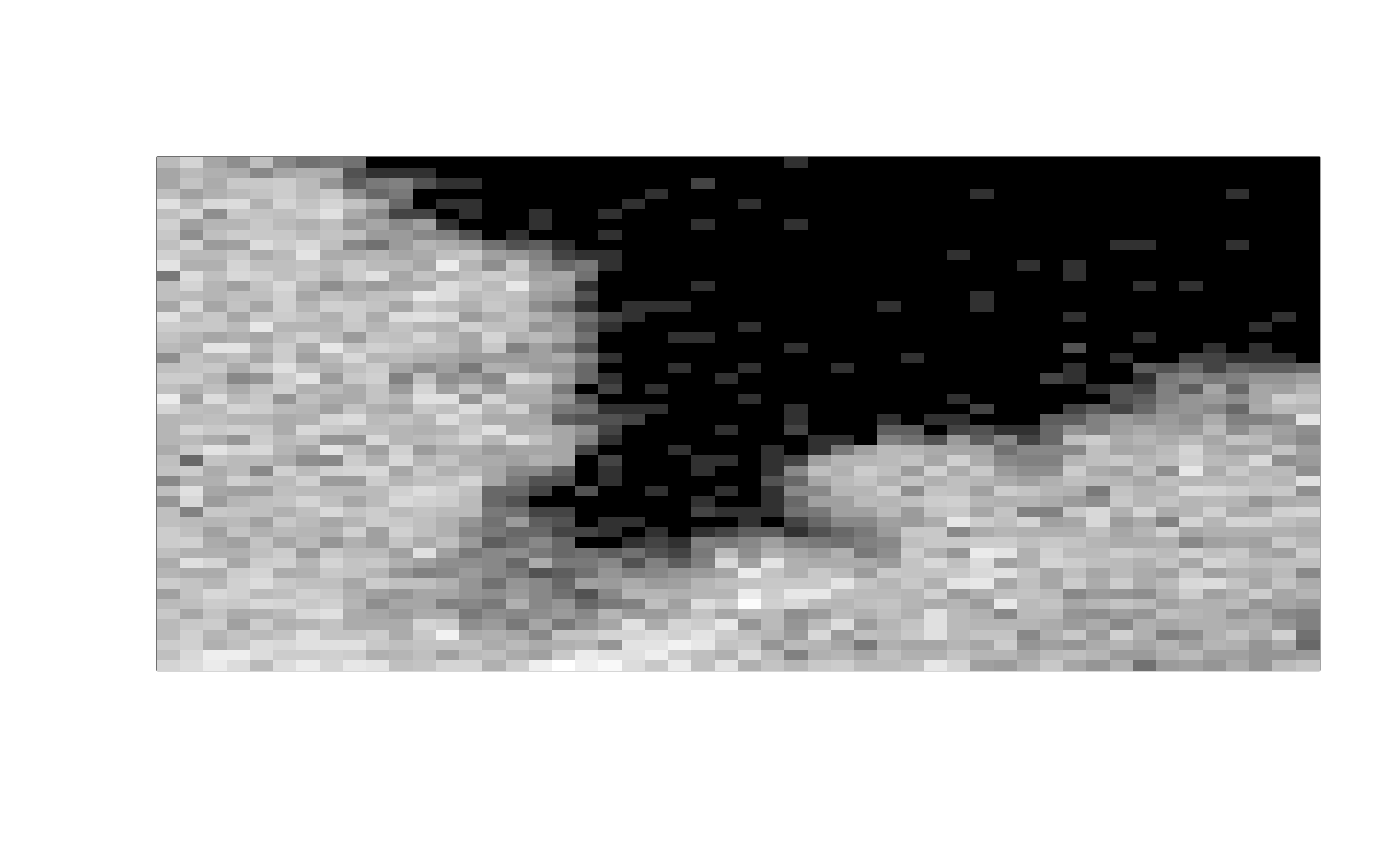Given a time stack of images, number() performs a calculation of the number
for each pixel.
Usage
number(
img,
def,
thresh = NULL,
detrend = FALSE,
quick = FALSE,
filt = NULL,
s = 1,
offset = 0,
readout_noise = 0,
gamma = 1,
parallel = FALSE
)Arguments
- img
A 4-dimensional array of images indexed by
img[y, x, channel, frame](an object of class ijtiff::ijtiff_img). The image to perform the calculation on. To perform this on a file that has not yet been read in, set this argument to the path to that file (a string).- def
A character. Which definition of number do you want to use,
"n"or"N"?- thresh
The threshold or thresholding method (see
autothresholdr::mean_stack_thresh()) to use on the image prior to detrending and number calculations. If there are many channels, this may be specified as a vector or list, one element for each channel.- detrend
Detrend your data with
detrendr::img_detrend_rh(). This is the best known detrending method for brightness analysis. For more fine-grained control over your detrending, use thedetrendrpackage. If there are many channels, this may be specified as a vector, one element for each channel.- quick
FALSErepeats the detrending procedure (which has some inherent randomness) a few times to hone in on the best detrend.TRUEis quicker, performing the routine only once.FALSEis better.- filt
Do you want to smooth (
filt = 'mean') or median (filt = 'median') filter the number image usingsmooth_filter()ormedian_filter()respectively? If selected, these are invoked here with a filter radius of 1 (with corners included, so each median is the median of 9 elements) and with the optionna_count = TRUE. If you want to smooth/median filter the number image in a different way, first calculate the numbers without filtering (filt = NULL) using this function and then perform your desired filtering routine on the result. If there are many channels, this may be specified as a vector, one element for each channel.- s
A positive number. The \(S\)-factor of microscope acquisition.
- offset, readout_noise
Microscope acquisition parameters. See reference Dalal et al.
- gamma
Factor for correction of number \(n\) due to the illumination profile. The default (
gamma = 1) has no effect. Changing gamma will have the effect of dividing the result bygamma, so the result withgamma = 0.5is two times the result withgamma = 1. For a Gaussian illumination profile, usegamma = 0.3536; for a Gaussian-Lorentzian illumination profile, usegamma = 0.0760.- parallel
Would you like to use multiple cores to speed up this function? If so, set the number of cores here, or to use all available cores, use
parallel = TRUE.
References
Digman MA, Dalal R, Horwitz AF, Gratton E. Mapping the Number of Molecules and Brightness in the Laser Scanning Microscope. Biophysical Journal. 2008;94(6):2320-2332. doi:10.1529/biophysj.107.114645 .
Dalal, RB, Digman, MA, Horwitz, AF, Vetri, V, Gratton, E (2008). Determination of particle number and brightness using a laser scanning confocal microscope operating in the analog mode. Microsc. Res. Tech., 71, 1:69-81. doi:10.1002/jemt.20526 .
Hur K-H, Macdonald PJ, Berk S, Angert CI, Chen Y, Mueller JD (2014) Quantitative Measurement of Brightness from Living Cells in the Presence of Photodepletion. PLoS ONE 9(5): e97440. doi:10.1371/journal.pone.0097440 .
Examples
# \donttest{
img <- ijtiff::read_tif(system.file("extdata", "50.tif", package = "nandb"))
#> Reading 50.tif: an 8-bit, 50x50 pixel image of unsigned
#> integer type. Reading 1 channel and 50 frames . . .
#> Done.
ijtiff::display(img[, , 1, 1])
#> Using basic display functionality.
#> * For better display functionality, install the EBImage package.
#> * To install `EBImage`:
#> - Install `BiocManager` with `install.packages("BiocManager")`.
#> - Then run `BiocManager::install("EBImage")`.
 num <- number(img, "N", thresh = "Huang")
num <- number(img, "n", thresh = "tri")
# }
num <- number(img, "N", thresh = "Huang")
num <- number(img, "n", thresh = "tri")
# }
